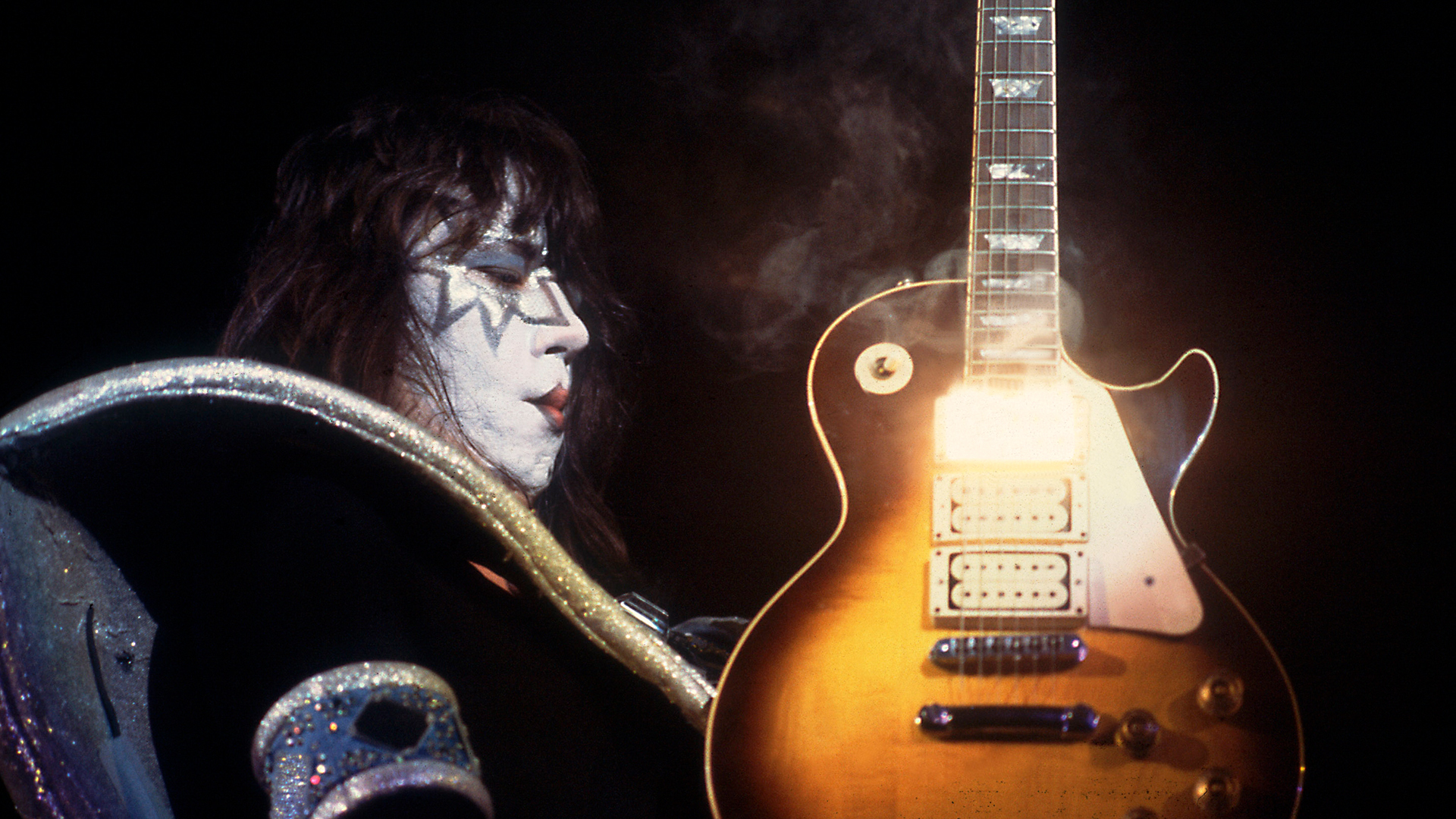Stranded in Orbit: What's Next for Boeing's Starliner Capsule
Boeing's CST-100 Starliner won't make it to the International Space Station (ISS) this weekend as planned, but the new crew capsule still has a busy few days ahead of it.
Starliner lifted off atop a United Launch Alliance Atlas V rocket early this morning (Dec. 20), kicking off a critical uncrewed test mission to the ISS called Orbital Flight Test (OFT). The launch went well initially, but an issue with the capsule's internal timing system prevented Starliner from performing the engine burns needed to meet up with the orbiting lab, NASA officials and Boeing representatives said.
"It's safe to take off the table at this point, given the amount of fuel that we burned," NASA Administrator Jim Bridenstine said during a news conference today, referring to the ISS docking and rendezvous operations that were a core part of the original OFT plan.
Related: Boeing's 1st Starliner Flight Test in Photos
The timing problem apparently caused Starliner to believe, mistakenly, that it was performing an orbital insertion burn, Bridenstine added. This maneuver requires a precise orientation, so Starliner fired up its reaction-control thrusters to maintain that attitude — and kept firing them for a while.
"By the time we got that figured out, we had burned sufficient fuel that if we would've done an orbit-insertion burn to get to the International Space Station, it might not have been enough," Bridenstine said.
But all is not lost, Bridenstine stressed. Starliner is in a stable orbit and remains healthy, so the NASA-Boeing team is learning a great deal about how the capsule performs in space and ticking off some OFT milestones as well.
Breaking space news, the latest updates on rocket launches, skywatching events and more!
One big milestone Starliner's handlers aim to achieve is a safe, controlled landing. The NASA-Boeing team still plans to bring Starliner down softly at White Sands Missile Range in New Mexico and is already taking steps to make that happen.
Indeed, Starliner's handlers have planned out two engine burns for today. Those maneuvers, which are scheduled for 1:40 p.m. EST and 2:25 p.m. EST (1840 and 1925 GMT), will raise the capsule's orbit "to optimize the landing at White Sands," Steve Stich, deputy manager of NASA's Commercial Crew Program, said during today's news conference.
Starliner's current, non-circular orbit takes it as close to Earth as 116 miles (186 kilometers) and as far away as 134 miles (216 km), Stich added. (For perspective: The ISS circles our planet at an altitude of about 250 miles, or 400 km.)
The earliest landing opportunity for Starliner would come Sunday (Dec. 22) around 7:30 a.m. EST (1230 GMT), Stich said. That's six days earlier than the original OFT timeline, which envisioned a touchdown on Dec. 28.
But a Dec. 22 return is not set in stone. The team may decide to keep Starliner in orbit for a little longer to notch a few more milestones, such as stationkeeping performance, Bridenstine and others said. The team is still assessing the situation — both what exactly went wrong, and what the path forward should be — so the current thinking may well shift.
And it's too soon to map out the next steps for the Starliner test campaign, Bridenstine said. For example, it's unclear if NASA — which has funded Starliner's development via the Commercial Crew Program — will want the capsule to ace a second version of OFT before astronauts ride the vehicle. In the original plan, OFT was to be followed by a crewed demonstration mission to the ISS in mid-2020, which would then clear the way for operational, contracted flights.
"I think it's too early for us to make that assessment," Bridenstine said.
He also noted that, if astronauts had been on board Starliner today, they may well have been able to troubleshoot the timing issue and get the capsule on its intended way. (Bridenstine further stressed that today's anomaly would not have posed a safety risk to crew.)
Starliner isn't the only private astronaut taxi in development. SpaceX also holds a NASA commercial crew deal, which it will fulfill with its Crew Dragon capsule. Crew Dragon successfully flew its version of OFT, which was called Demo-1, back in March. (That capsule was destroyed the next month, however, during a ground test of its thruster systems.)
SpaceX is prepping for another crucial milestone next month, an in-flight abort (IFA) test that will demonstrate Crew Dragon's emergency escape system. If all goes well with the IFA, SpaceX will be clear to proceed with Demo-2, its crewed demonstration flight to the orbiting lab.
- Boeing's CST-100 Starliner Space Capsule (Infographic)
- How Boeing's Starliner Orbital Flight Test Works: A Step-By-Step Guide
- Crew Dragon and Starliner: A Look at the Upcoming Astronaut Taxis
Mike Wall's book about the search for alien life, "Out There" (Grand Central Publishing, 2018; illustrated by Karl Tate), is out now. Follow him on Twitter @michaeldwall. Follow us on Twitter @Spacedotcom or Facebook.

Join our Space Forums to keep talking space on the latest missions, night sky and more! And if you have a news tip, correction or comment, let us know at: community@space.com.

Michael Wall is a Senior Space Writer with Space.com and joined the team in 2010. He primarily covers exoplanets, spaceflight and military space, but has been known to dabble in the space art beat. His book about the search for alien life, "Out There," was published on Nov. 13, 2018. Before becoming a science writer, Michael worked as a herpetologist and wildlife biologist. He has a Ph.D. in evolutionary biology from the University of Sydney, Australia, a bachelor's degree from the University of Arizona, and a graduate certificate in science writing from the University of California, Santa Cruz. To find out what his latest project is, you can follow Michael on Twitter.
